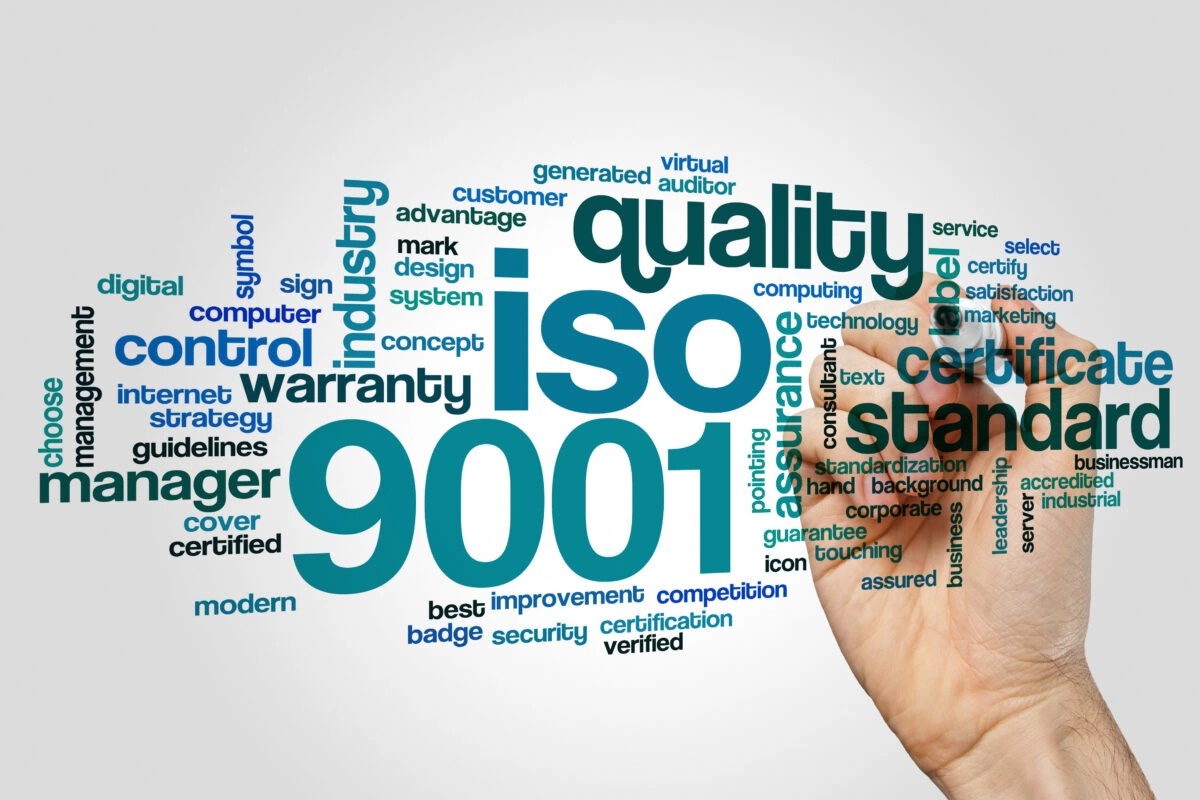External audits play a crucial role in ensuring the integrity, compliance, and effectiveness of an organization's quality management system. For organizations seeking ISO 9001 Certification, external audits are a key step in the certification process, providing independent verification of conformity to ISO 9001 standards. In Pakistan, ISO 9001 certification is a testament to an organization's commitment to quality excellence and customer satisfaction. In this comprehensive guide, we will explore 10 expert tips for conducting an effective external audit, empowering auditors to uphold the highest standards of quality assurance and regulatory compliance.
1: Prepare Thoroughly Before the Audit
Thorough preparation is essential for conducting a successful external audit. Auditors should familiarize themselves with the organization's quality management system, audit scope, objectives, and relevant documentation. Preparing audit checklists, scheduling meetings with key personnel, and reviewing previous audit findings help auditors gain a comprehensive understanding of the audit scope and requirements.
2: Establish Clear Objectives and Criteria
Before commencing the audit, auditors should establish clear objectives and criteria for evaluating the organization's quality management system. Objectives should align with ISO 9001 Certification requirements and focus on assessing the effectiveness, compliance, and continual improvement of the QMS. Clear criteria ensure consistency in audit findings and facilitate meaningful analysis and reporting.
3: Foster Open Communication and Collaboration
Effective communication and collaboration are essential for conducting a successful external audit. Auditors should establish open lines of communication with the organization's management and personnel, fostering trust, transparency, and cooperation throughout the audit process. Encouraging dialogue, active listening, and addressing concerns promptly help build rapport and ensure a positive audit experience for all parties involved.
4: Conduct Methodical and Systematic Audits
Auditors should conduct audits in a methodical and systematic manner, following established audit procedures and protocols. Systematic audits involve thorough examination of documented processes, procedures, records, and evidence to assess conformity to ISO 9001 standards. Auditors should adhere to audit schedules, allocate sufficient time for each audit activity, and maintain focus to ensure comprehensive coverage of audit scope.
5: Use Risk-Based Approach to Prioritize Auditing Activities
A risk-based approach helps auditors prioritize auditing activities based on the significance and potential impact on the organization's QMS and business objectives. Auditors should identify and assess risks associated with key processes, products, and services, focusing audit resources on areas with higher risk levels. Prioritizing auditing activities based on risk ensures effective allocation of resources and maximizes audit effectiveness.
6: Engage Subject Matter Experts
Engaging subject matter experts (SMEs) during the audit enhances the depth and accuracy of audit findings. SMEs possess specialized knowledge and expertise in specific areas of the organization's QMS, making them valuable resources for auditors. Collaborating with SMEs enables auditors to gain insights into complex processes, identify areas for improvement, and verify compliance with ISO 9001 standards.
7: Document Audit Findings Clearly and Accurately
Clear and accurate documentation of audit findings is essential for communicating audit results, identifying non-conformities, and facilitating corrective actions. Auditors should document audit observations, evidence, and conclusions in a structured and systematic manner, following established audit reporting formats and templates. Documenting findings objectively, accurately, and comprehensively ensures transparency and accountability in the audit process.
8: Provide Constructive Feedback and Recommendations
Auditors should provide constructive feedback and recommendations to the organization's management and personnel based on audit findings. Feedback should focus on strengths, areas for improvement, and opportunities for enhancing the organization's QMS. Offering practical recommendations and best practices helps organizations drive continual improvement and achieve ISO 9001 certification in Pakistan.
9: Follow Up on Audit Findings and Corrective Actions
Following up on audit findings and corrective actions is essential for ensuring the effectiveness of the audit process. Auditors should monitor the implementation of corrective actions, verify their effectiveness, and track progress towards addressing identified non-conformities. Timely follow-up helps organizations address deficiencies promptly, mitigate risks, and maintain compliance with ISO 9001 standards.
10: Continuously Improve Audit Processes
Continuous improvement is key to enhancing the effectiveness and efficiency of audit processes. Auditors should solicit feedback from stakeholders, evaluate audit performance, and identify opportunities for enhancing audit methodologies, tools, and techniques. Implementing lessons learned and best practices from previous audits helps auditors refine their approach and deliver value-added audit services.
Conclusion
Conducting an effective external audit requires meticulous planning, systematic execution, and continuous improvement. By following these 10 expert tips, auditors can uphold the highest standards of quality assurance, regulatory compliance, and customer satisfaction. ISO 9001 certification in Pakistan is a testament to an organization's commitment to quality excellence, continual improvement, and customer-centricity. With proper preparation, collaboration, and adherence to best practices, auditors can contribute to the success of external audits and help organizations achieve their quality objectives.


No comments yet